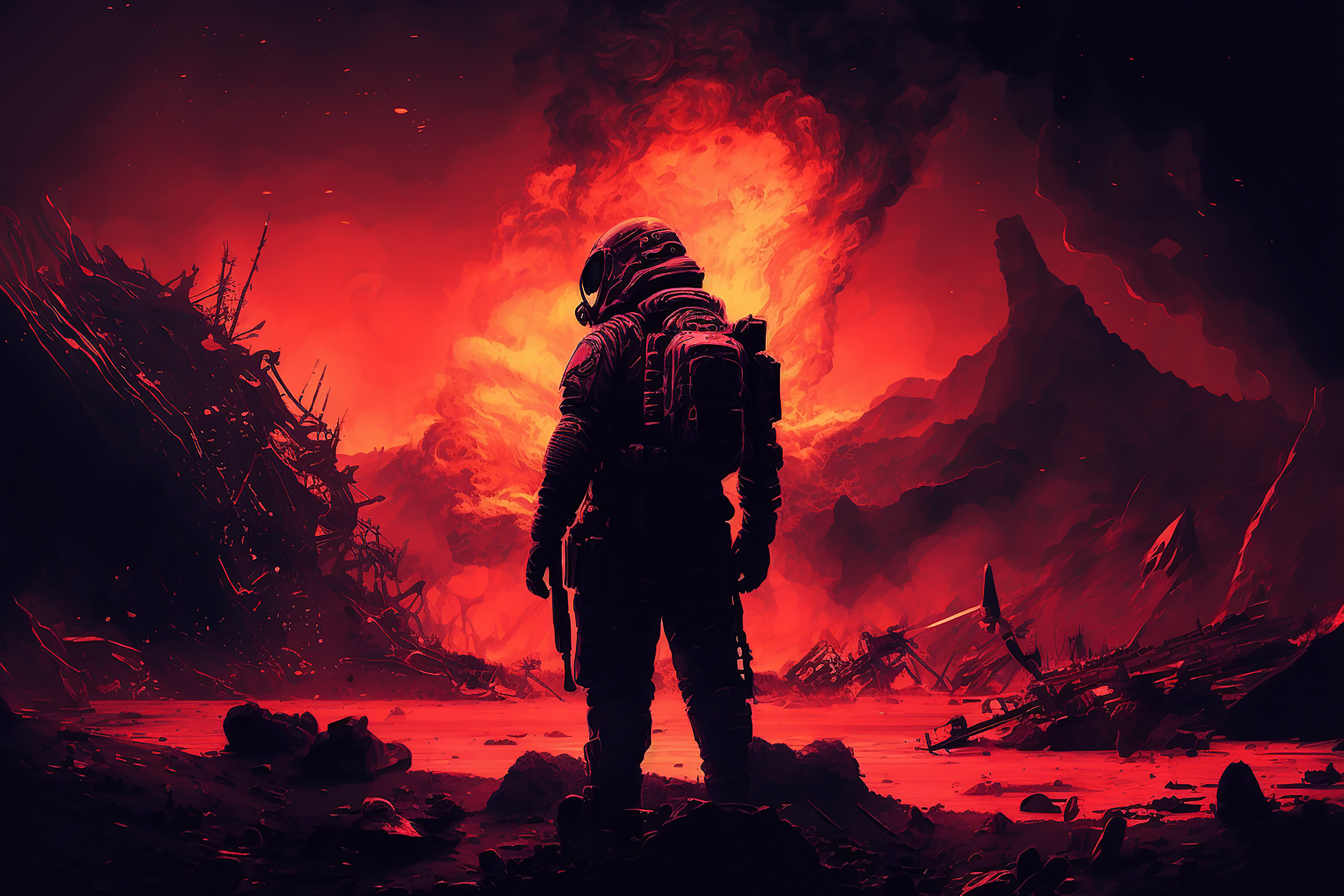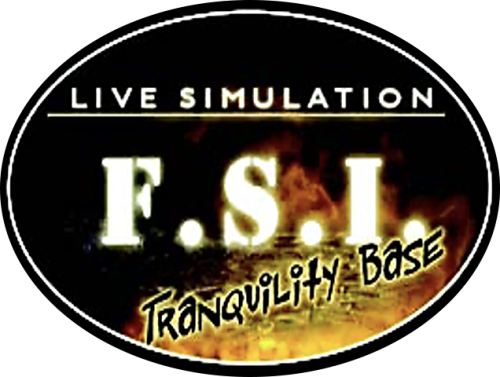F.S.I. (Fire Scene Investigation)
For Teachers
Overview of Teams
The Mission
Every two weeks the astronauts perform a routine check to record radiation, micrometeoroid, and thermal data from each of the modules. They also perform fire drills during this time. A fire in space hasn’t occurred since 1997. That’s when the Russian space station Mir's oxygen generator caught fire. Still, fire drills are crucial for the astronauts to practice a three-step response system.
Before the drill an astronaut connects her handheld to the outside jack of the storage module and begins to download information. During this activity you will analyze the data from several sensors that had been installed in storage facility A.
Getting Ready
You will join a team of specialists here on Earth and evaluate the data from the astronauts and make recommendations. You will use an online fire simulator to examine various fire outcomes based on different initial conditions. You will determine:
-
The source/cause of the fire.
-
Initial conditions in the room.
-
How the fire progressed from start to finish.
-
Recommendations to reduce the chances of another fire.
-
Recommendations for selection of fire suppression equipment.
-
Classroom Teams
You will be chosen to join a team and complete various tasks:-
Communications Specialist (1-2 Students)
-
Coordinate the specialists’ activities.
-
Make sure a steady flow of information goes to and from mission control to each team.
-
Relay written and oral reports.
-
Type report form information from the Oxygen and Carbon Dioxide Specialists and other messages into a chat/data window.
-
Use the videoconferencing/ computer software and a microphone to communicate verbally with Mission Control. Ask and answer questions to and from Mission Control.
-
-
Investigation Specialist (1-2 Students)
-
Determine values for 1) room volume, 2) oxygen percentage, 3) heat release, and 4) materials burning to input into the fire simulator.
-
Communicate these values to the Oxygen and Carbon Dioxide Specialists.
-
-
Oxygen Specialist (2 Students)
-
Calculate the mean, mode, and median, and create a box-and-whiskers plot for each run of the fire simulator.
-
Provide input on which value is the best measure of central tendency for the oxygen data.
-
At the end of the mission, decide which set of conditions caused the fire.
-
-
Carbon Dioxide Specialist (2 Students)
-
Calculate the mean, median, and mode, and create a box-and-whiskers plot for each run of the fire simulator.
-
Provide expert advice on which value is the best measure of central tendency for the carbon dioxide data.
-
At the end of the mission, decide which set of conditions caused the fire.
-
Good Luck!
Your task requires teamwork, planning, and clear-headed problem-solving abilities, especially in high-pressure, urgent situations. On mission day your math skills will be put to the test. Practice the math needed for the mission. Be ready to communicate under pressure by both writing and speaking. Good luck!
-

